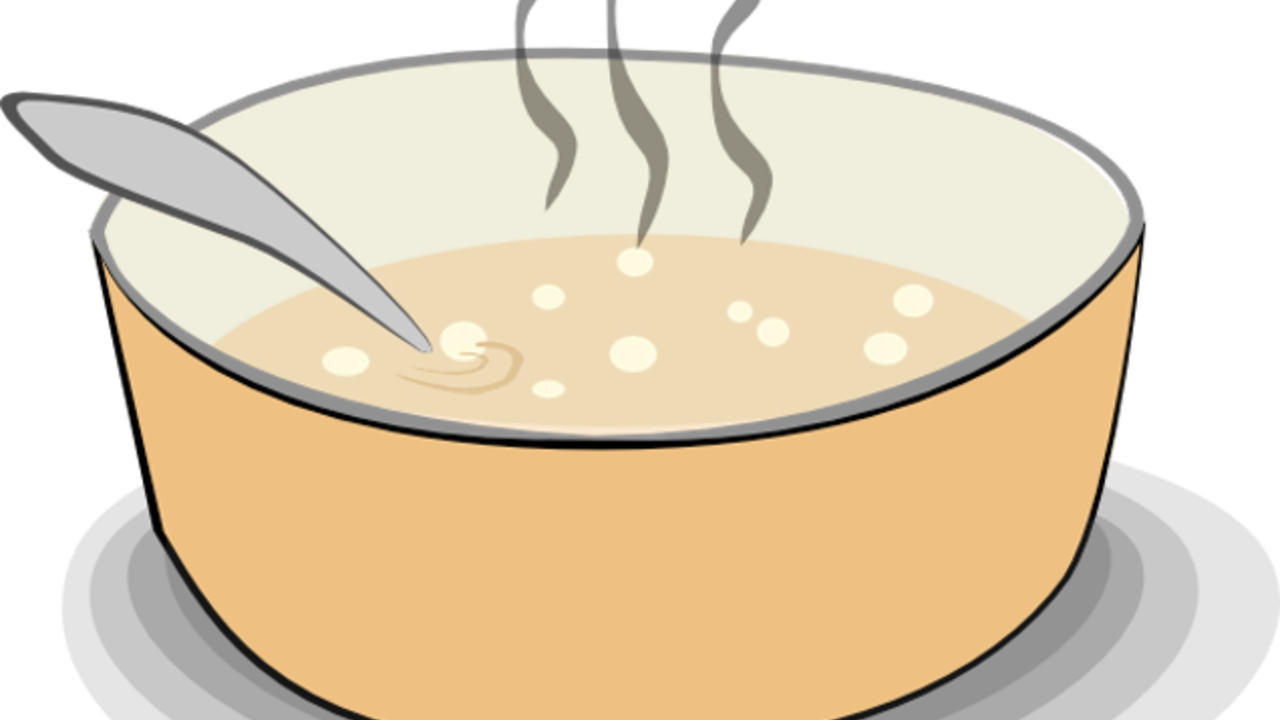
Souper Foods for Wound Healing
Jun 28, 2017The top food for wound healing is soup, not readymade supermarket canned or packaged soups, but old-fashioned homemade bone broth. A South American proverb claims “Good broth will resurrect the dead.” Although that is surely an exaggeration, soup has a longstanding reputation for nourishing convalescents. Broth boosts immunity so well that it’s been nicknamed the “Jewish Penicillin.” Florence Nightingale recommended it in her Notes on Nursing and she even brought celebrity chef Alexis Soyer to the Crimean War to make broth for the wounded soldiers.
Why is broth such a powerful healer? Fascinating studies from the late 19th and early 20th century reveal that gelatin — the part of broth that firms up and gets jiggly in the fridge — helps heal any body parts that are failing to thrive, suffering from wounds or recovering from surgery. The collagen in broth heals skin, including our gut linings, while the cartilage that come with the bones in genuine bone broth help joints recover.
Another reason broth is so healing is it contains an abundance of the amino acid glycine. Glycine is not officially called a “conditionally essential” amino acid, but it truly deserves that status. As the simplest amino acid, it constitutes a basic nitrogen pool for manufacture of other amino acids, and it is used in the synthesis of hemoglobin, creatine, porphyrin, bile salts, glutathione and the nucleotides DNA and RNA. Individuals with compromised glycine status have difficulty satisfying the increased demands of injury or surgery. Another vital function of glycine is detoxification. Glycine is a precursor for glutathione, greatly needed when the human body has been exposed to chemicals or drugs.
Not making enough old-fashioned broth? Eating it erratically? Consider supplementing with gelatin, collagen and cartilage products. My favorite brand is Vital Proteins and favorite product is one that I helped develop — Dr. Kaayla Daniel’s Collagen Cartilage. The late Dr. John F. Prudden– The Father of Cartilage Therapy — discovered the wound healing power of bovine tracheal cartilage after watching more rapid recovery from surgery by soldiers who’d been badly injured in the Korean War.
Although soup, collagen and cartilage alone can show significant healing power, these foods can speed the healing along:
Liver
The word “live” is contained within “liver” and this food is revered as a power food in cultures around the world. Liver is loaded with zinc and iron, greatly needed to heal from wounds and regain strength and energy, and the B vitamins we need for physical and mental stress reduction. Finally, liver’s a great source of purines, precursors of the DNA and RNA we need for regeneration. Hate liver? My favorite liver pills come from Vital Proteins.
Red Meat
Red meat’s a red hot source of zinc, the #1 mineral needed for wound healing. It’s high in the B vitamins needed for stress reduction, mental balance and physical energy, all of which are needed after the physical and emotional stress of injury.
Bone Marrow
We get marrow in bone broth, but it can also be scooped directly from the bone. As the seedbed of blood and stem cells, marrow is prized in many cultures as a sacred, energizing and regenerative food. There’s nothing better than marrow for the strengthening and healing needed post surgery. The word “marrow” is familiar in language and literature as well. As Henry David Thoreau, put it,“I wanted to live deep and suck out all the marrow of life.”
Raw Milk
Milk was long known as “nature’s perfect food,” a restorative “white blood” virtually guaranteed to bring good health and high spirits. In the early 20th century even the Mayo Clinic offered a “milk cure” for convalescents. Sadly, factory farming, pasteurization, homogenization, fat removal and other modern processing techniques have killed most of milk’s legendary health benefits and spawned an epidemic of lactose intolerance and milk protein allergies. Raw milk is udderly different, provided, of course, that it comes from healthy pastured cows. Ideally it’s an old fashioned A2 breed as well. Not sure about whether your cow’s milk is A1 or the more desirable A2? Goat, sheep and camel’s milk is always A2. Such milk is rich in vitamins, minerals, fatty acids, undamaged digestible proteins and life promoting enzymes.
What’s the best milk of all? Camel’s milk. Traditionally it’s been used as a wound healer and science now supports its mettle in stopping infections, restoring damaged guts, modulating the immune system, soothing chronic inflammation and even stabilizing blood sugar.
Vitamin C Rich Foods
People recovering from wounds, infections and surgery quickly deplete their vitamin C levels.
Although orange juice is thought to be rich in vitamin C, that’s only true if the orange is fresh squeezed and its juice drunk on the spot. That little container of orange juice brought in on the hospital tray isn’t going to contain much if any. Ask for an orange instead. Surprisingly good sources of C include sauerkraut and liver (if not overcooked).


